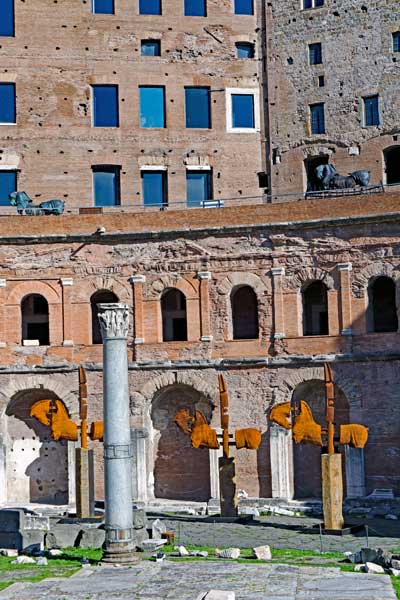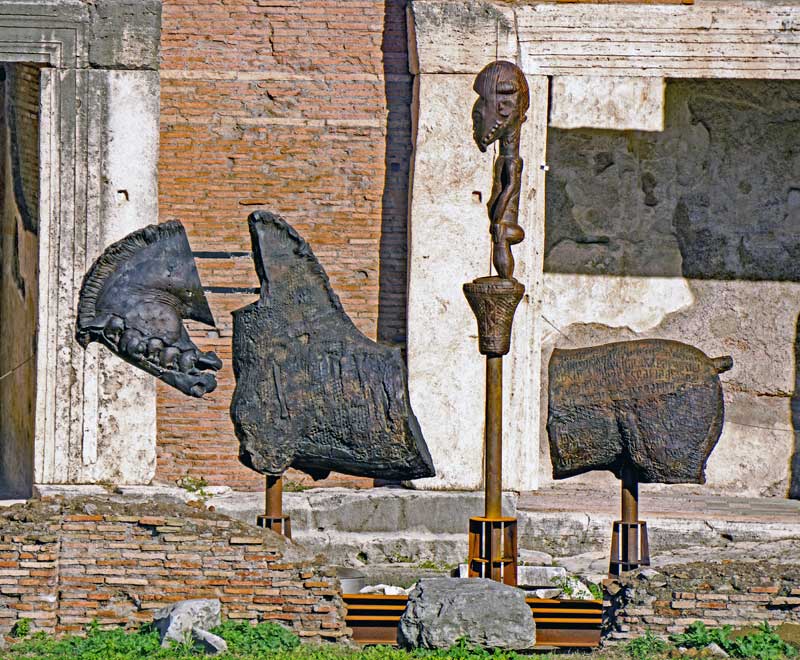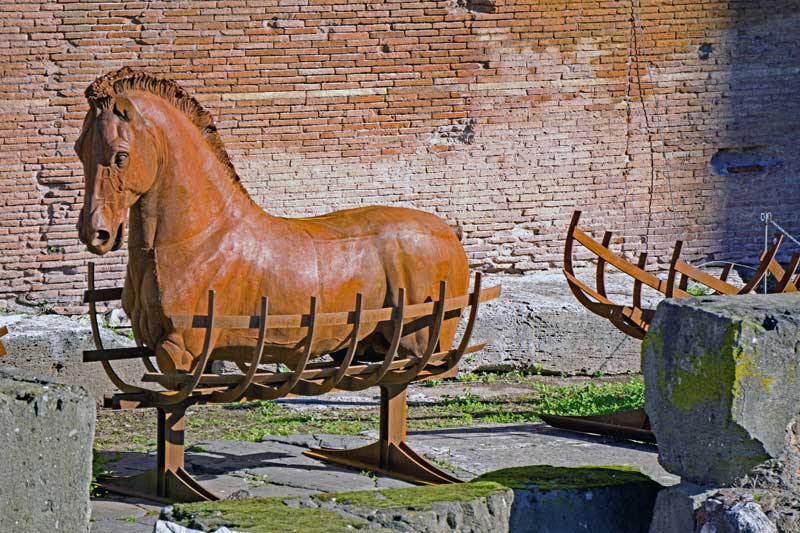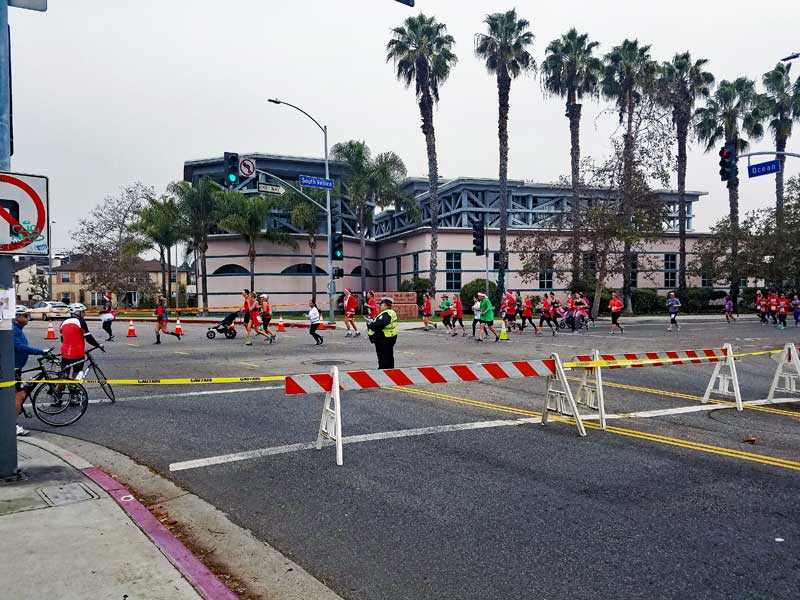
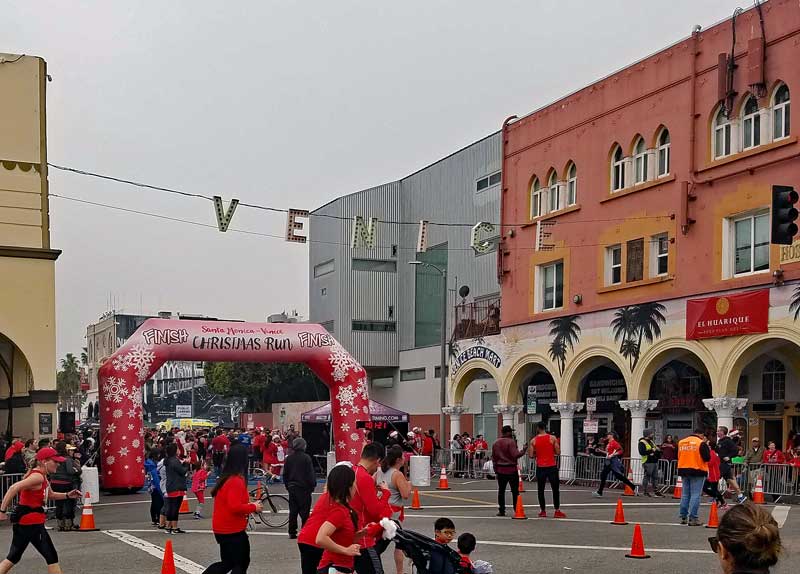

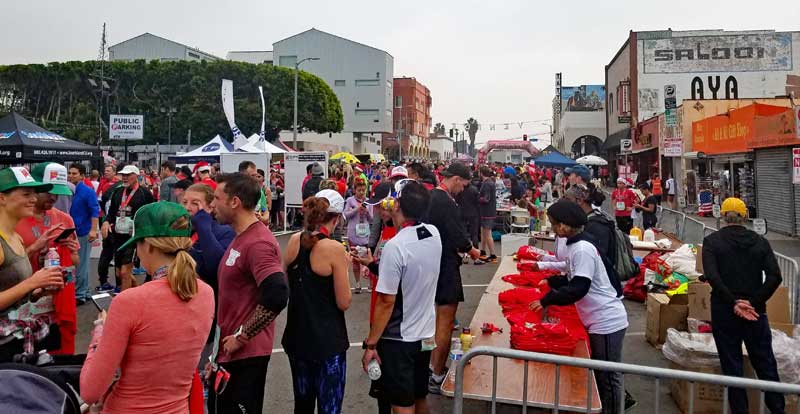




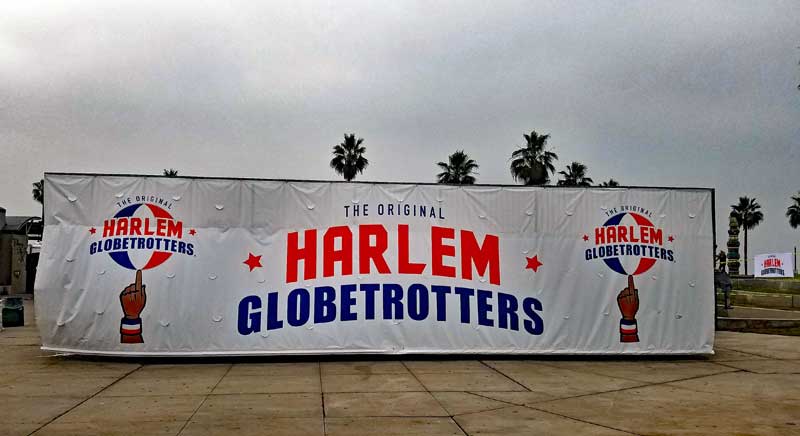
Harlem Globetrotters are in Venice by the Rec. center today December 10 2016! Best time to see them is supposed to be between 12Noon-2PM.
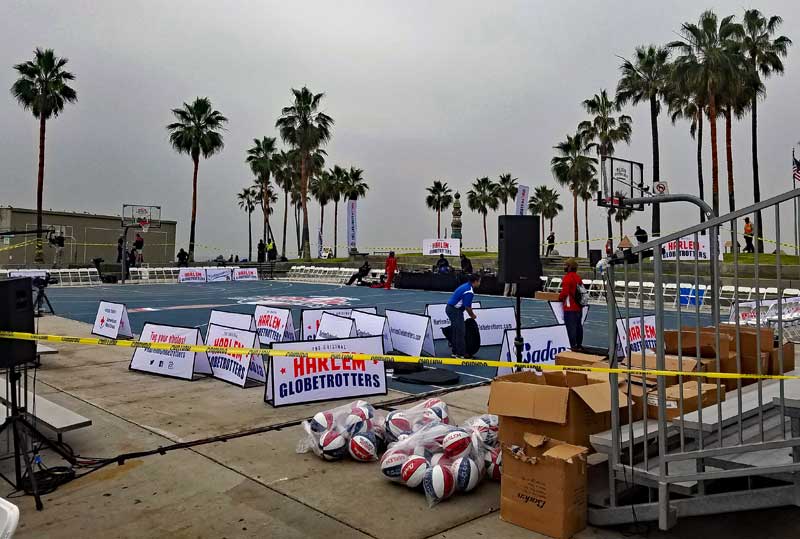
Below are some images from when the team arrived and from the game. These guys, and girls are truly amazing athletes and showmen/women.


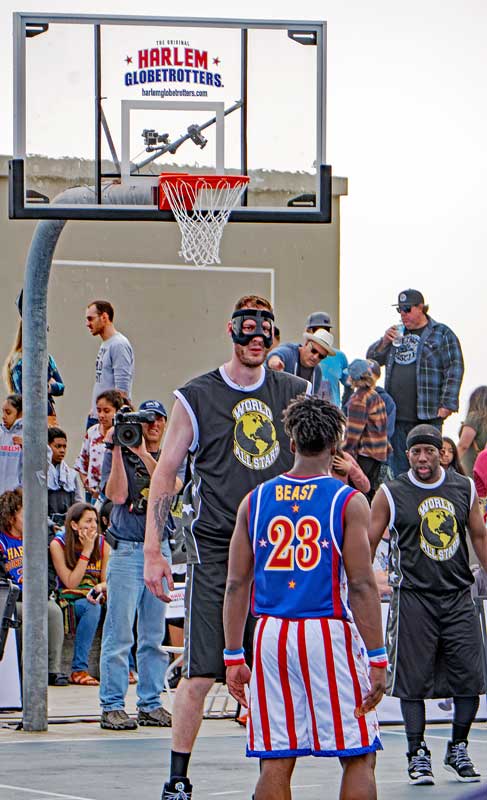
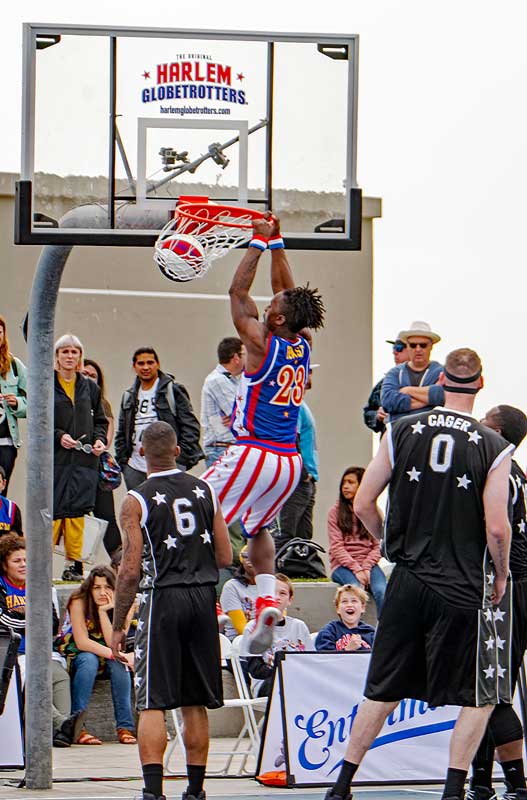

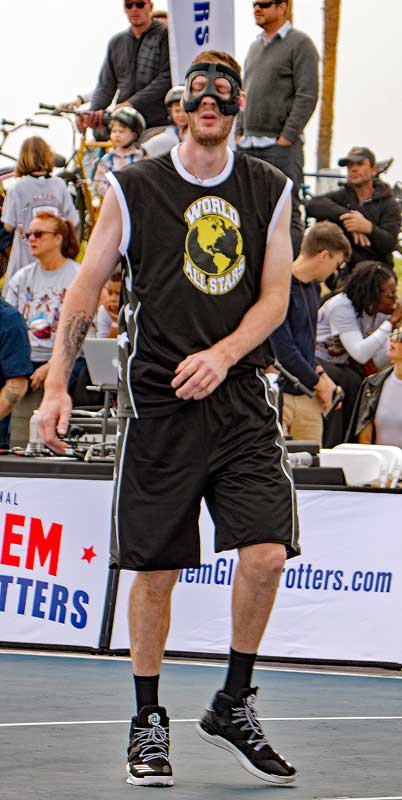

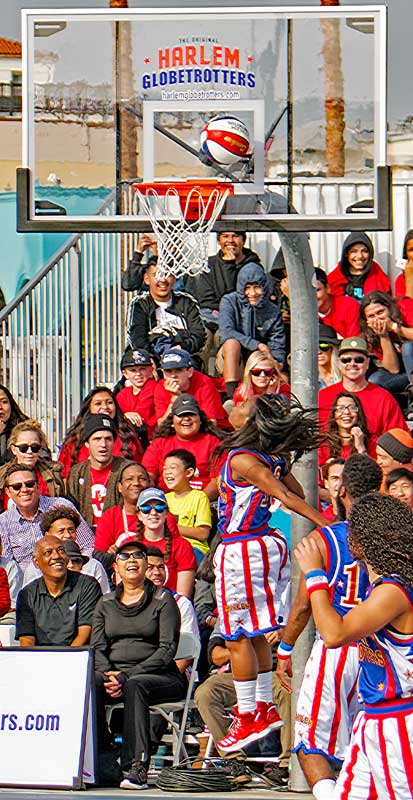
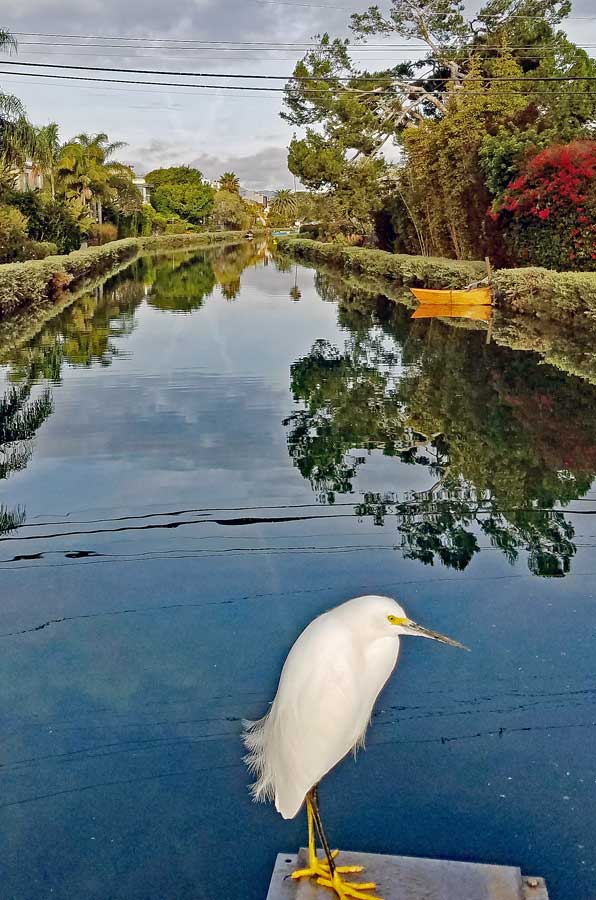
The snowy Egret with it’s magnificent white plumes was an endangered species at the beginning of the 20:th century because of the fashion industry that was using the plumes in their creation of hats and clothing. Due to early conservationists rallying to save the species it is now again thriving in the coastal wetlands. The big yellow feet are used to stir up small aquatic animals from the bottom.
The giant sandbags that were in place during the relining of the culverts for the water to flow under Washington Blvd has now been removed and the birds have had to find other perching places to study the water for prey.
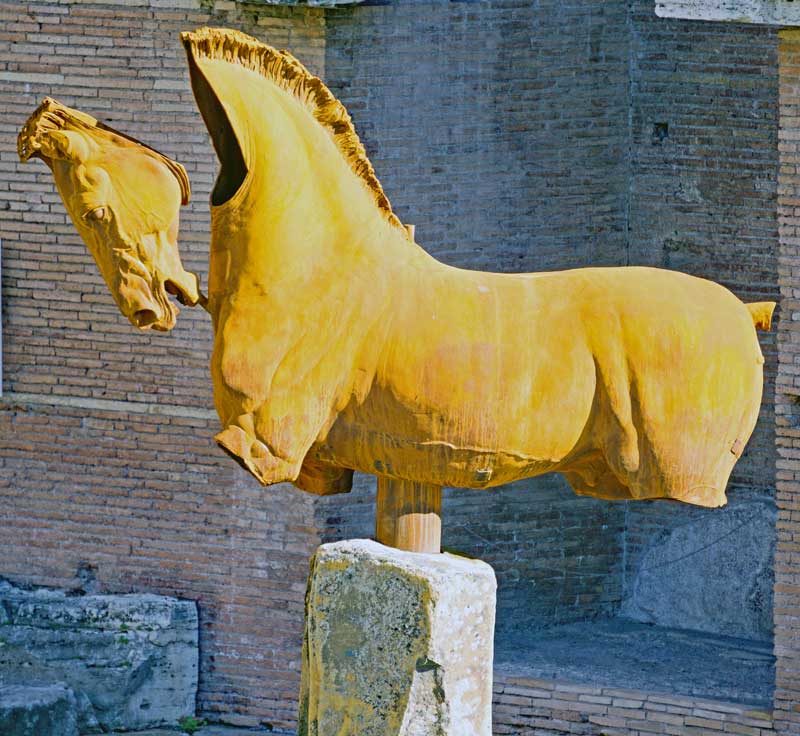
The Mexican artist Gustavo Aceves displays some of his art in Rome at Trajan’s market and in other locations around the Colosseum. Trajan’s market is located on via dei Fori Imperiali, a short distance from the the Colosseum. The objects displayed at Trajan’s market are ‘fragmented” sculptures of horses, below are images of some of them placed in front of the former market spaces at Trajan’s market.
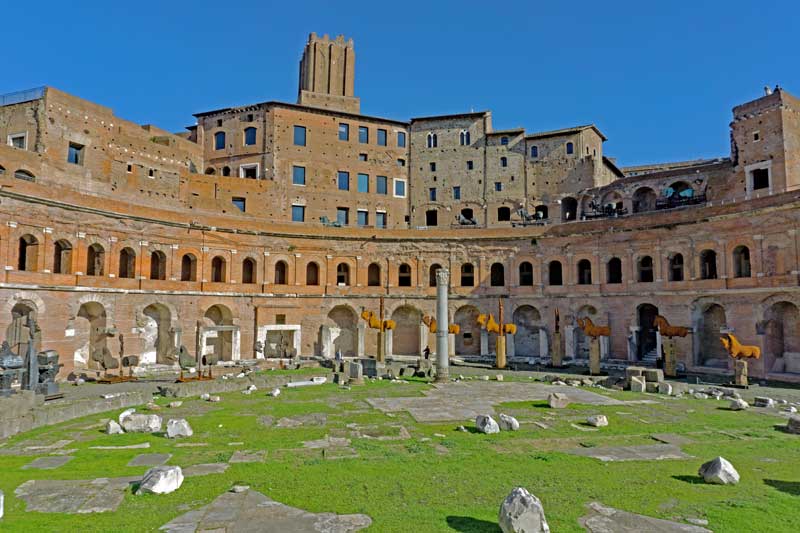
Francesco Buranelli the secretary general of the Pontifical Commission for the cultural heritage of the church and the curator of the installation: “The aim of the display is to tackle the issue of mass migration and to throw a spotlight on the suffering of the many millions of people constantly moving in order to survive.”
